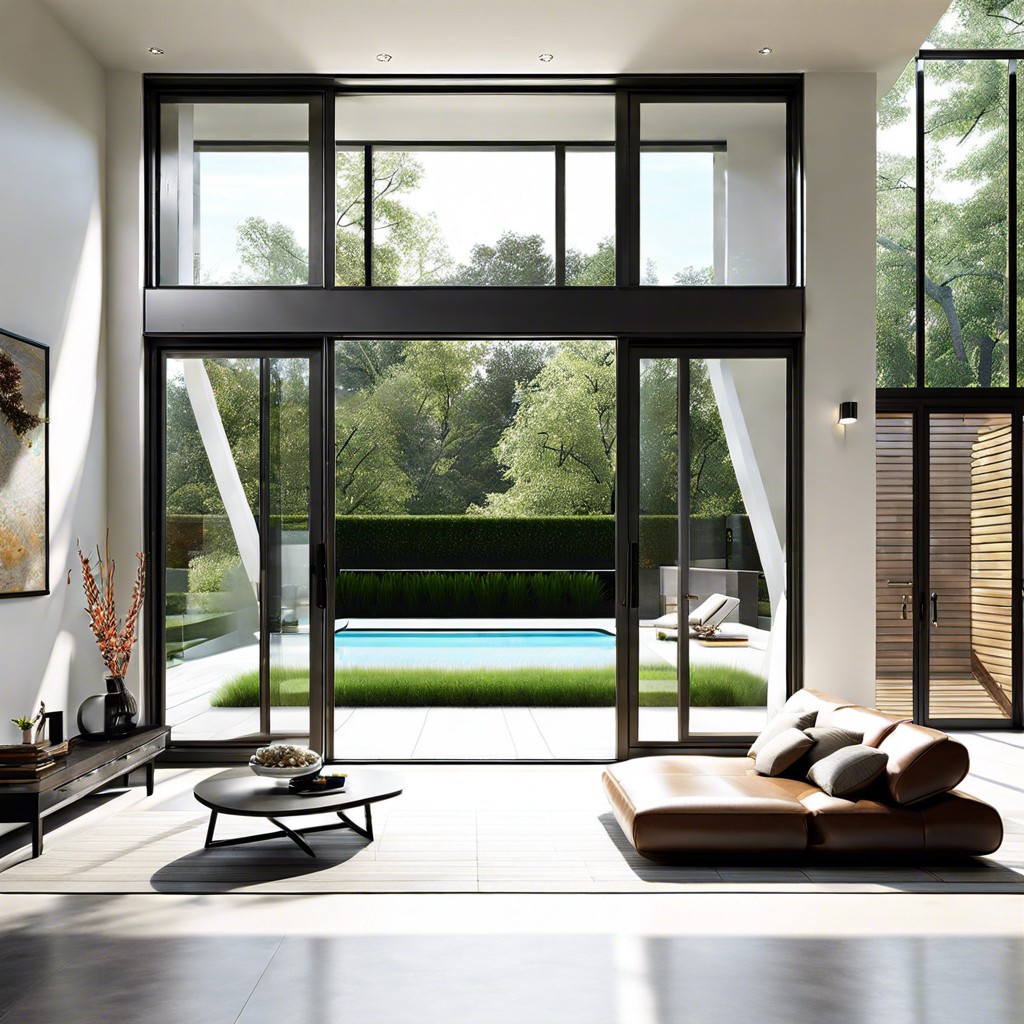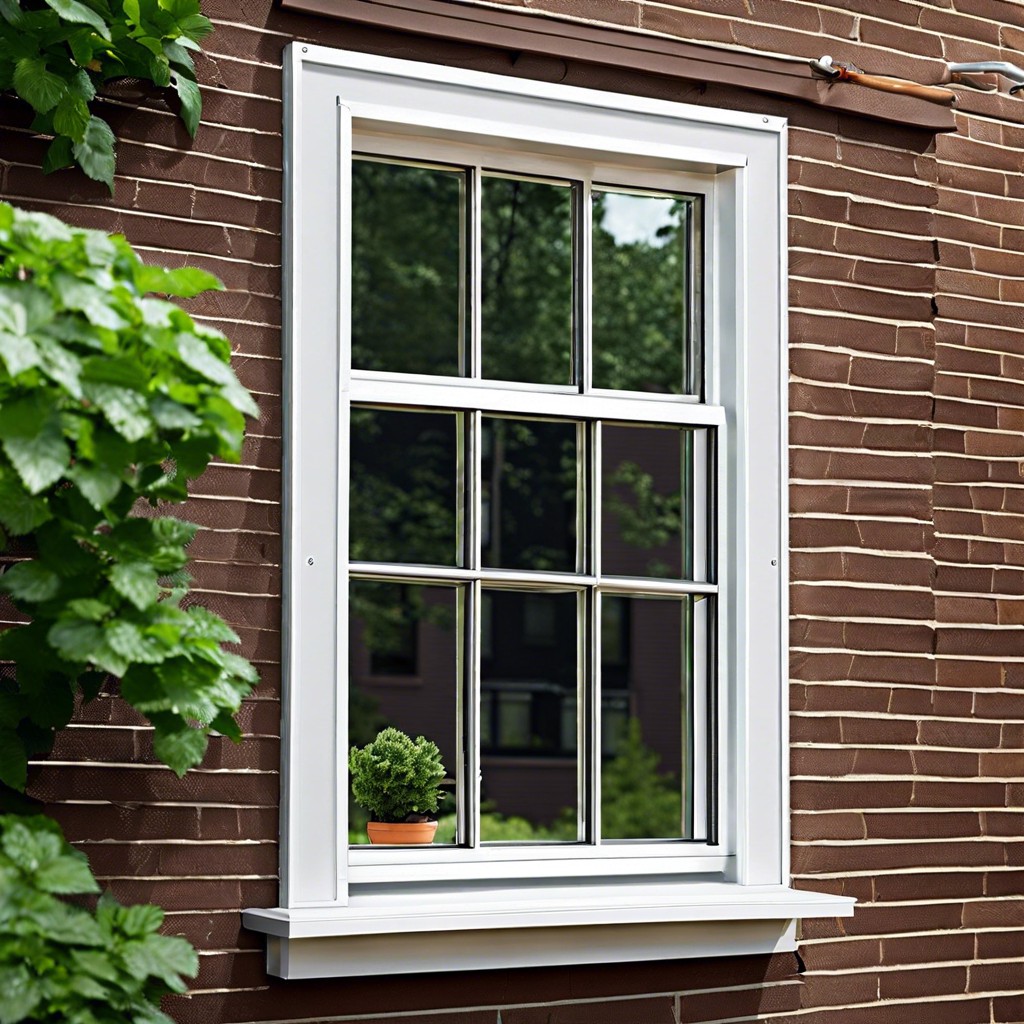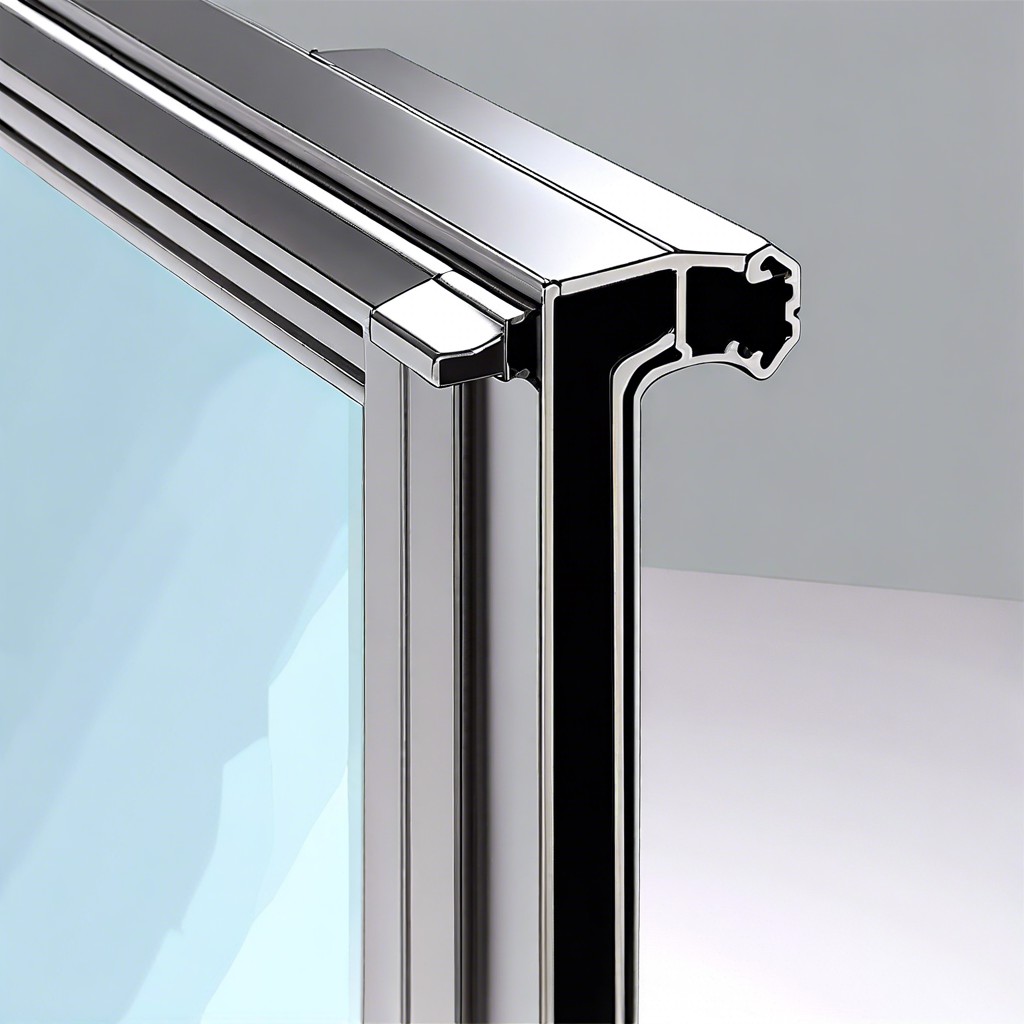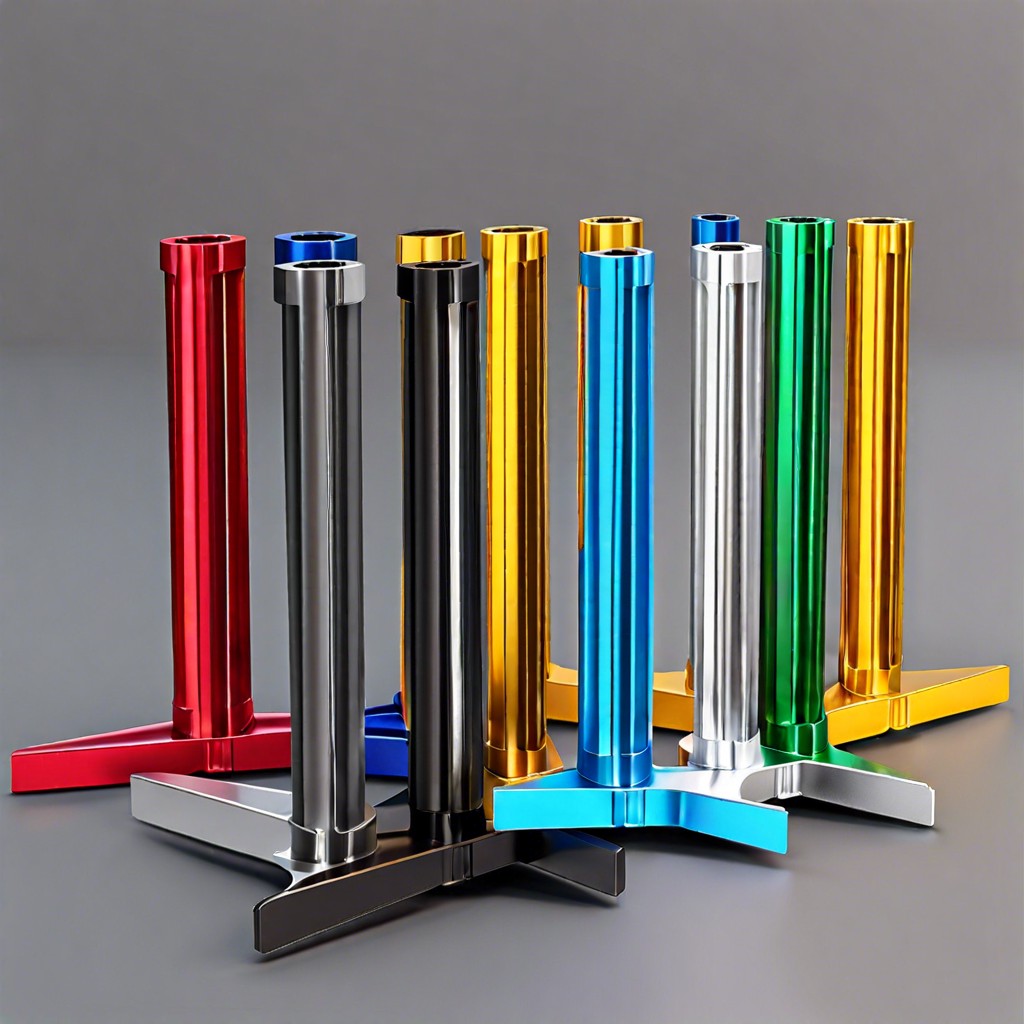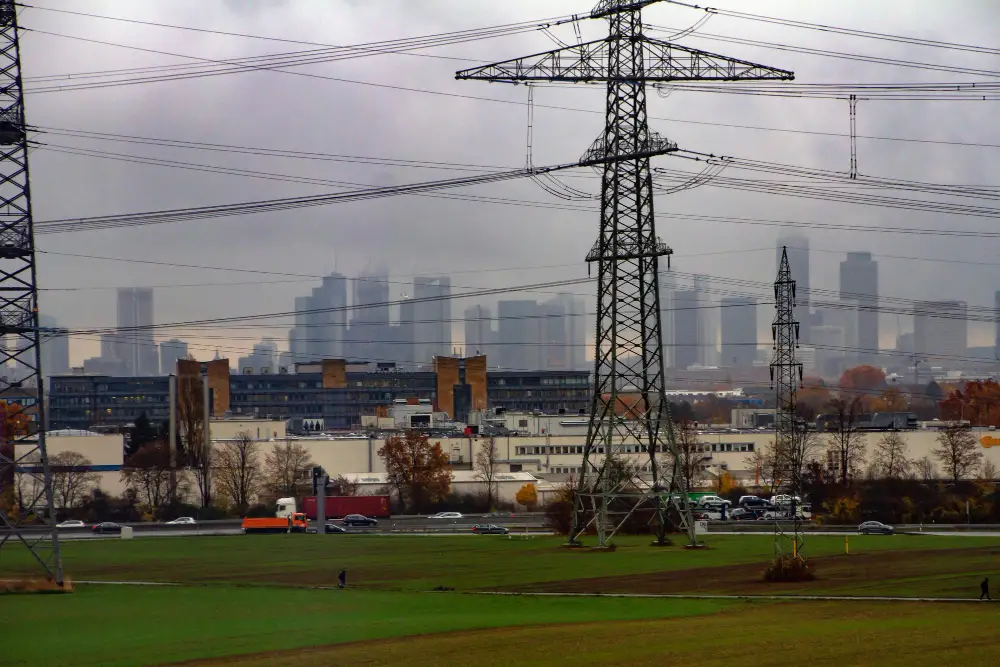Investing in energy-efficient windows is a smart way to reduce heating and cooling costs, and this blog post will provide tips on how to do so effectively.
As I sat in my living room on a chilly winter evening, wrapped up in blankets and sipping a hot cup of tea, I couldn’t help but think about how much I was spending on heating costs.
No matter how high I cranked up the thermostat, the cold air always found its way in through my old, drafty windows.
That’s when it hit me: energy-efficient windows could solve my problem. Not only would they keep out the cold air during winter, but they could also help reduce cooling costs during hot summer days.
In this blog post, we’ll explore how energy-efficient windows can be an intelligent investment for homeowners looking to reduce their heating and cooling costs while improving their home’s overall comfort level.
Energy-Efficient Windows: An Overview
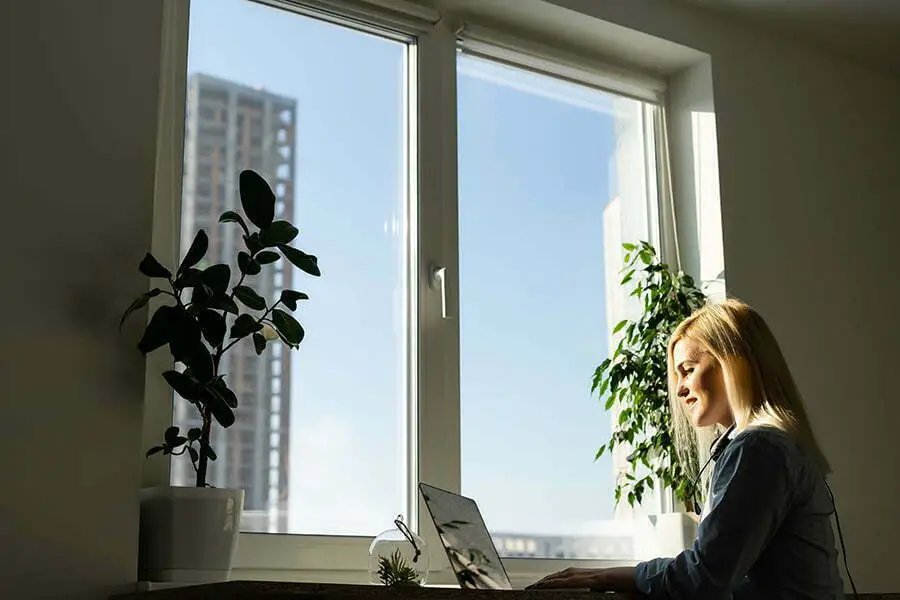
Energy-efficient windows are designed to reduce the heat that escapes your home during winter and prevent unwanted heat gain during the summer months. They do this by using advanced technologies such as low-emissivity (Low-E) coatings, gas fills, and multiple panes of glass with insulating spacers.
Energy-efficient windows can be a smart investment for homeowners looking to save money on their heating and cooling costs in the long run. While they may have a higher upfront cost compared to traditional windows, their energy-saving benefits can lead to significant savings over time.
In fact, according to the U.S Department of Energy’s Energy Saver Guide: “Replacing single-pane windows with ENERGY STAR® qualified double-pane or triple-pane Low-E glass will save between $366 per year when replacing all single pane clear-glass windows in a 2-story home.”
Energy-efficient windows help reduce heating and cooling costs and improve overall comfort levels inside your home by reducing drafts caused by air leakage through old or poorly insulated window frames.
So if you’re tired of feeling cold drafts on winter nights or paying high electricity bills due to excessive use of air conditioning units during hot summers, investing in energy-efficient window replacements could be an excellent solution!
Types of Energy-Efficient Windows
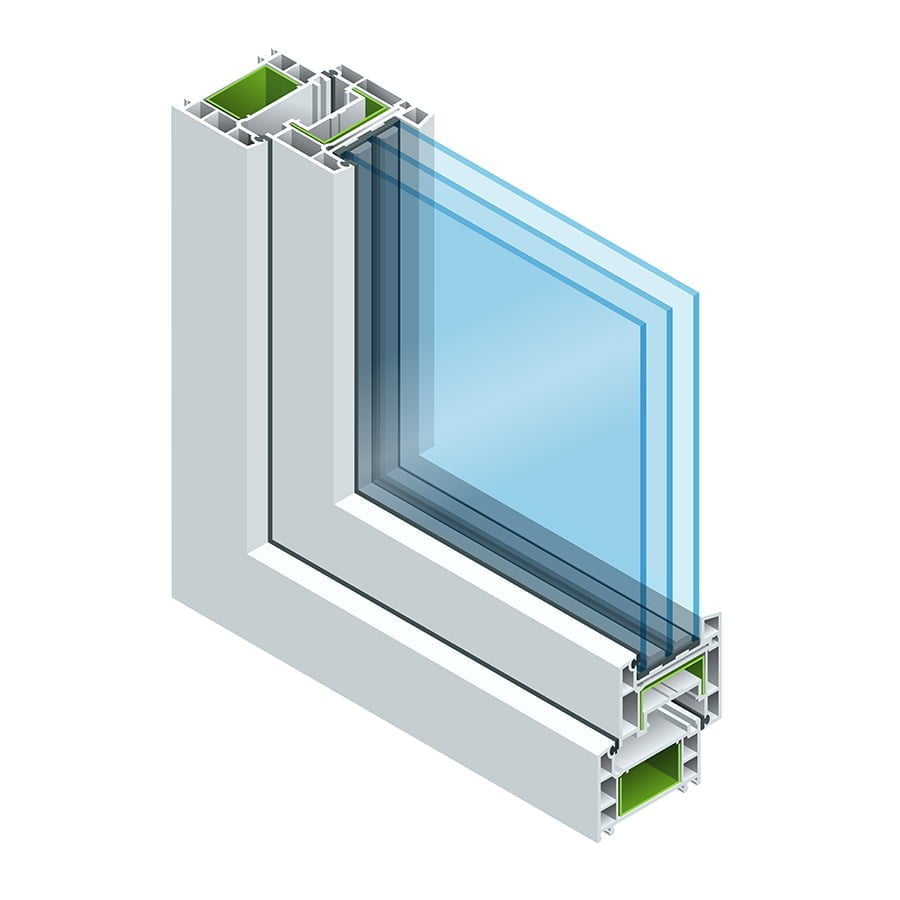
There are several types of options on the market. Each option has its own unique features and benefits, so it’s important to choose the right one for your home.
One popular option is double-pane windows. These have two panes of glass with a layer of gas in between them, which helps reduce heat transfer and improve insulation.
Another option is triple-pane windows, which have three panes of glass with two layers of gas in between them for even better insulation.
Low-E (low-emissivity) coatings are another feature to look out for when shopping for energy-efficient windows. These coatings reflect infrared light while allowing visible light through, helping keep your home cool during summer months while still letting natural light inside.
Consider window frames made from vinyl or fiberglass instead of traditional wood frames, as they offer better insulation properties and require less maintenance over time.
Investing in energy-efficient windows may seem daunting at first due to their higher upfront cost than traditional options. However, remember that these savings will add up over time by reducing heating and cooling costs year-round while also improving overall comfort levels within your home – making it a smart investment decision!
Benefits of Energy-Efficient Windows
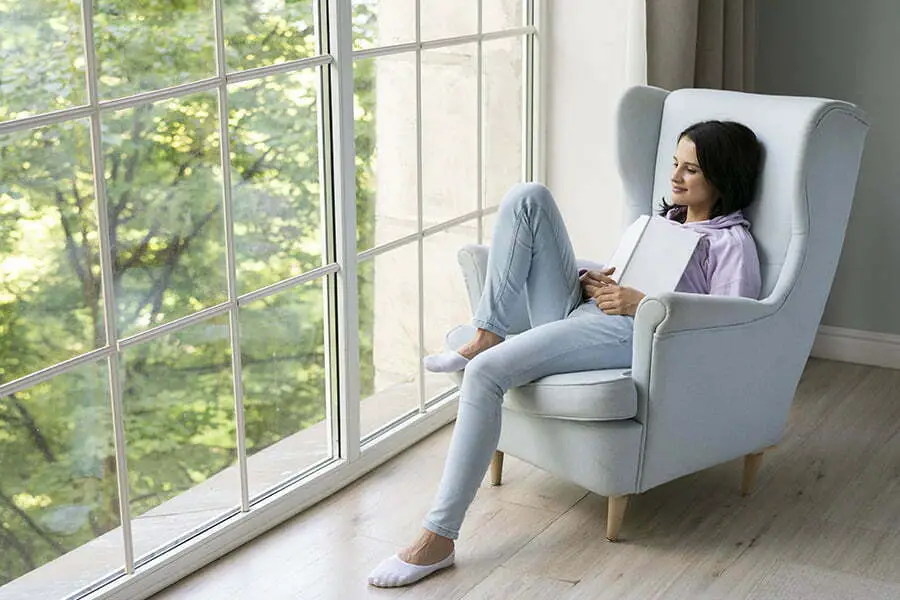
Investing in energy-efficient windows is smart for homeowners looking to reduce their heating and cooling costs. Not only do these windows help keep your home at a comfortable temperature year-round, but they also offer several other benefits.
For starters, energy-efficient windows can improve the overall comfort level of your home by reducing drafts and cold spots. This means you’ll be able to enjoy a more consistent temperature throughout your living space without constantly adjusting the thermostat.
These types of windows can also help reduce outside noise pollution. If you live near busy streets or noisy neighbors, installing energy-efficient windows with double or triple-pane glass can significantly decrease the amount of sound that enters your home.
But perhaps one of the biggest benefits of investing in energy-efficient windows is their ability to save you money on utility bills over time. By keeping warm air inside during winter months and blocking out hot air during summer months, these window installations allow for less reliance on heating and cooling systems, ultimately leading to lower monthly bills.
As I researched this topic further as a blogger who writes about house window industry knowledge sharing, it became clear that investing in high-quality energy-efficient windows was not just an expense but rather an investment towards long-term savings while improving my family’s quality of life at our cozy abode!
Cost Savings Analysis
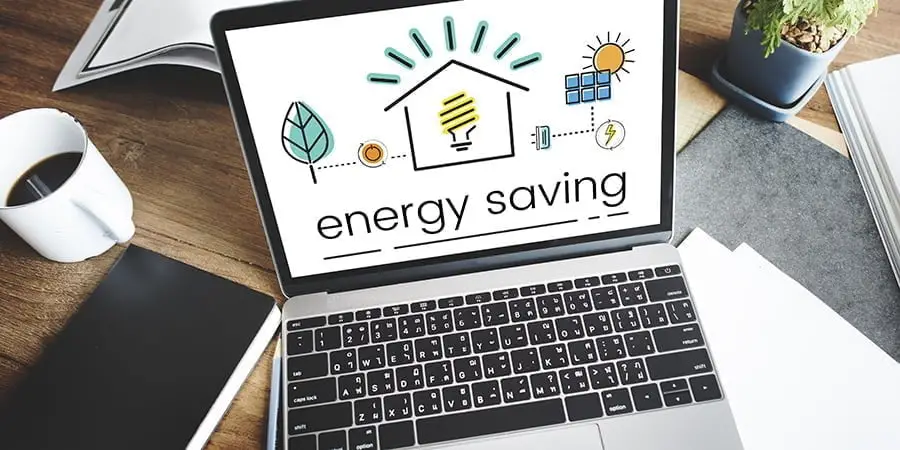
Energy-efficient windows can save homeowners up to 25% on their heating and cooling costs. That’s a significant amount of money that could be put towards other expenses or even saved for a rainy day.
But how do these windows achieve such impressive cost savings? It all comes down to the materials used in their construction. Energy-efficient windows are typically made with multiple panes of glass, low-emissivity coatings, and insulating gas fills between the panes.
These features work together to reduce heat transfer through the window, keeping warm air inside during the winter and cool air during the summer months. While energy-efficient windows may have a higher upfront cost than traditional single-pane options, they quickly pay for themselves in reduced utility bills over time.
Plus, investing in these upgrades can increase your home’s resale value if you sell down the road. As someone who has experienced firsthand just how much money can be wasted on inefficient home systems like old drafty windows – I highly recommend considering this smart investment as an option for any homeowner looking to improve both comfort levels and financial savings!
Window Insulation Techniques
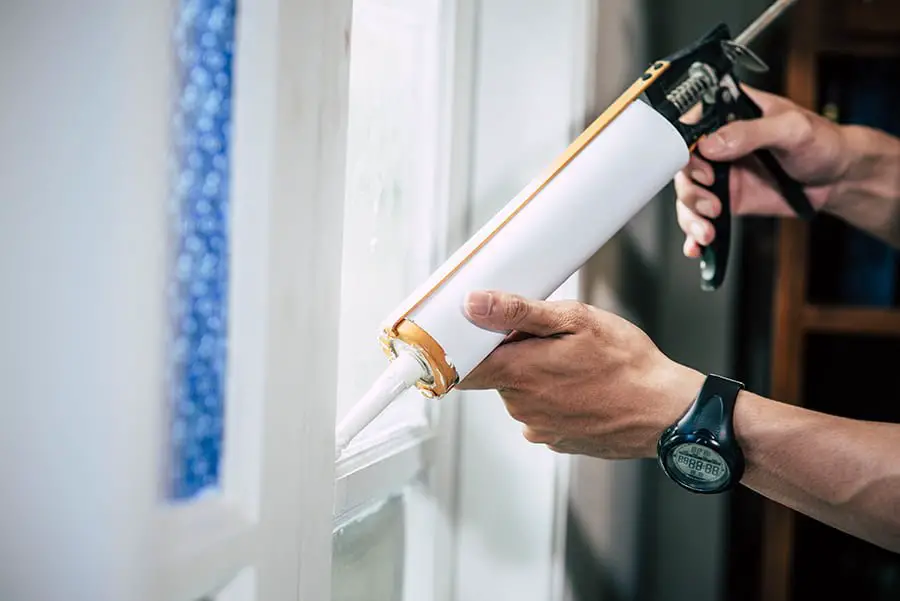
Improving window insulation is one of the most effective ways to reduce heating and cooling costs.
One technique is double glazing, which involves using two panes of glass with a layer of air or gas in between them. This creates an insulating barrier that helps keep out cold air during the winter months and hot air during the summer months.
Another technique is low-emissivity (low-e) coatings on the glass surface. These coatings reflect heat back into your home during winter while keeping out unwanted heat from outside during summer.
Weatherstripping around the edges of windows can help prevent drafts and leaks. This simple yet effective solution can make a big difference in reducing heating and cooling costs over time.
By implementing these window insulation techniques, homeowners like myself can enjoy improved comfort levels inside their homes while also saving money on energy bills each month – truly making energy-efficient windows a smart investment for any homeowner looking to improve their home’s efficiency!
Installation and Maintenance Tips
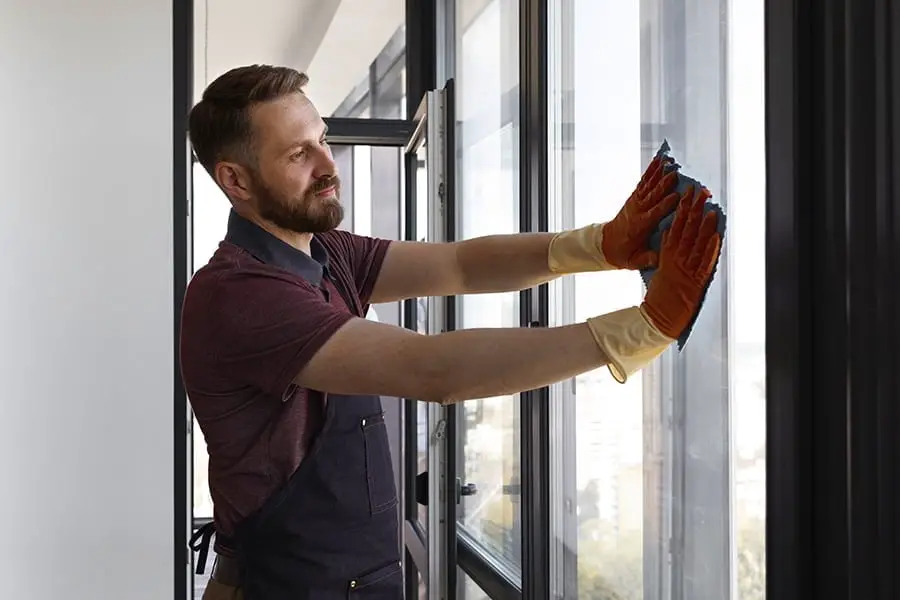
Firstly, hiring a professional window installer with experience with energy-efficient windows is crucial. Proper installation is crucial for ensuring maximum efficiency and longevity.
A poorly installed window can lead to air leaks, defeating the purpose of investing in an energy-efficient option.
Once your new windows are installed, regular maintenance is key. Keep them clean by regularly wiping down frames and glass with a soft cloth or sponge.
Avoid using harsh chemicals or abrasive materials that could damage the surface.
Check for any signs of wear or damage, such as cracks in seals or broken hardware. Addressing these issues promptly can prevent further damage and maintain optimal performance from your windows over time.
By following these simple tips for installation and maintenance, you’ll be able to enjoy all the benefits of investing in energy-efficient windows – lower heating/cooling costs while also improving comfort levels inside your home!
Recap
